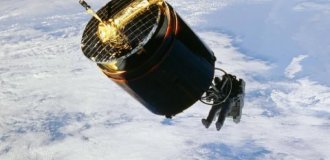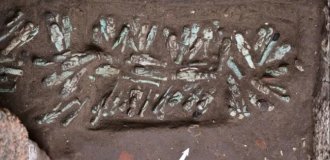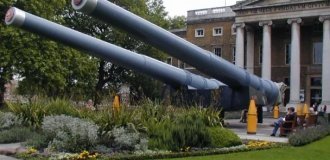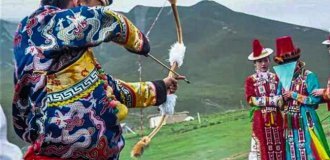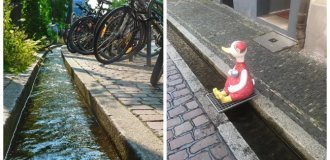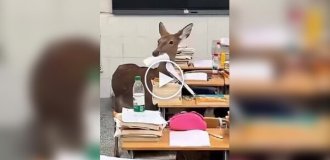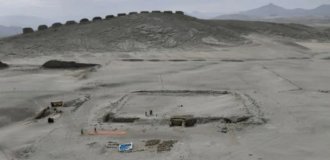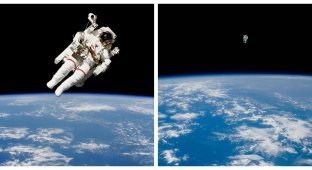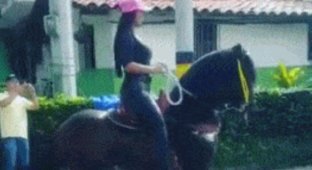The story behind one of NASA's most terrifying photos (3 photos + 1 video)
A century ago, the idea of flying into space seemed like science fiction. Today, it's seen as something ordinary, especially after Katy Perry's trip. If Jeff Bezos's plans to build a space hotel come true, many will have the opportunity to see the Earth from above. But space is still a scary place, and the last thing you want to do is move away from your ship. That's exactly what Dale Gardner and Joseph Allen did in 1984. 
The Discovery crew, consisting of Commander Frederick H. Hauck, Pilot David M. Walker, and Specialists Joseph P. Allen, Anna L. Fisher, and Dale A. Gardner, worked together to bring back two communications satellites, Westar 6 and Palapa B2, which had ended up in the wrong orbit due to a rocket failure. It was a bold, perhaps even risky, decision. 
Astronaut Dale Gardner
Astronaut Dale Gardner spacewalked untethered from the spacecraft using the Manned Maneuvering Unit (MMU).
NASA later reported: "As Hauck and Walker brought Discovery within 35 feet [10 meters] of Palapa, Allen and Gardner exited the airlock. They began a spacewalk to acquire the satellite. Allen donned the MMU, attached a stinger device to it, and flew toward the satellite. Once in position, he inserted the stinger into the engine bell and stopped the spin." 
Fisher then grabbed the satellite with the ship's robotic arm and moved it into the cargo bay, where Gardner was preparing to remove the omnidirectional antenna and install the coupling module. However, he was unable to attach the ABS to the satellite due to a gap. Allen detached from the stinger, using a backup plan. He left the stinger attached to the satellite and the robotic arm, and returned the manned maneuvering module to the bay.
With Allen now holding the satellite by the antenna, Gardner attached the adapter to the bottom of the satellite to secure it in the cargo bay.
The second satellite, Westar 6, was returned to the spacecraft in 5 hours and 42 minutes.
The astronauts covered more than 3 million miles in seven days and returned to Earth after successfully completing the mission.
Gardner died in 2014, but remains the only person in history to perform a solo spacewalk to return malfunctioning satellites from orbit.
